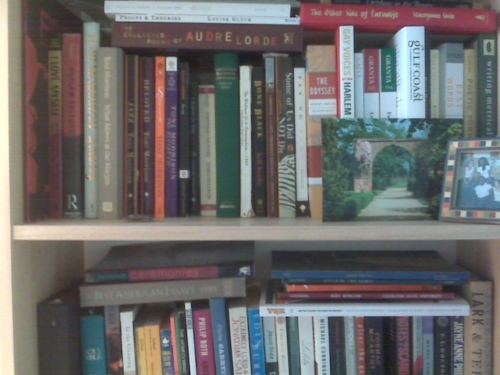I.
It was 1963 and she wasn’t going to take it anymore. After hearing about the Birmingham church bombing (which resulted in the murder of four little black girls) and the assassination of Medger Evers, Nina Simone decided that she was going to kill somebody. “I suddenly realized what it was to be black in America in 1963… It came as a rush of fury, hatred, and determination. In church language, the Truth had entered in me and I came through.” Nina went into her garage looking for tools; she wanted to build a zip-gun, a hand-made pistol. Frustrated, unable to make the gun work, Nina had her second revelation: “I knew nothing about killing. I did know about music.” She put down the tools and went to her piano. An hour later, she walked out of her apartment with a new song – “Mississippi Goddam.”
Alabama’s got me so upset / Tennessee made me lose my rest / And everybody knows about Mississippi goddam
Can’t you see it / Can’t you feel it / It’s all in the air / I can’t stand the pressure much longer / Somebody say a prayer
II.
Often I write poetry out of a desperate need for beauty in an otherwise beige life. Sometimes I write to make sense of memory, unreliable as it may be. Lately though, I’ve been writing out of & in rage. I’ve been writing because, like Nina Simone, I know nothing about killing. I do know about poetry. And if I don’t find a way to translate my rage – not anger, not irritation, RAGE – into art, I don’t know what I will do with myself. Freud would call this practice sublimation, the act of channeling suppressed, uncontrollable emotions into a more manageable form. I call it being young, black, and gay in America.
III.
Because of Maine.
Because of Caster Semenya.
Because of California.
Because of Donnie McClurkin.
Because of DOMA.
Because of DADT.
Because of Ruben Diaz, Sr.
Because of Iran.
Because of Iraq.
Because of Jamaica.
IV.
In her book Killing Rage, bell hooks writes “With no outlet, my rage turned to overwhelming grief and I began to weep, covering my face with my hands. All around me everyone acted as though they could not see me, as though I were invisible..” The cost of choking down our rage is too great. I know I’m not the only one who’s angry.
Everyday I talk to young gay brothers & sisters who are at their wits end. They’ve come out of the closet only to be kicked out of their homes and abandoned by their families. One young man explained that he is practically dead to his family. He’s been asked not to call or approach them. Not one, but two people I know have been forced to endure exorcisms by their families. A teenager from Texas (the state where I grew up) was told not to come back unless he agreed to go into treatment to have his “gayness” cured. In Newark, the LGBT community still mourns the murder of Sakia Gunn on her way home from school.
I’m well aware that we’ve made progress towards changing the way our nation thinks about sexuality, race, and class, but there’s still so far to go. And for young people, it’s difficult to figure out what to do “in the meantime.” I propose that we, as a community, return to art as an act of resistance, as a way finding a unified voice for our rage. Go to poetry slams and spit it. Take the stage at the open mic and let the words come, raw and burning. Write a sestina with end words like mother, father, hate, love, me, and you. Write your way into this world again and again.




